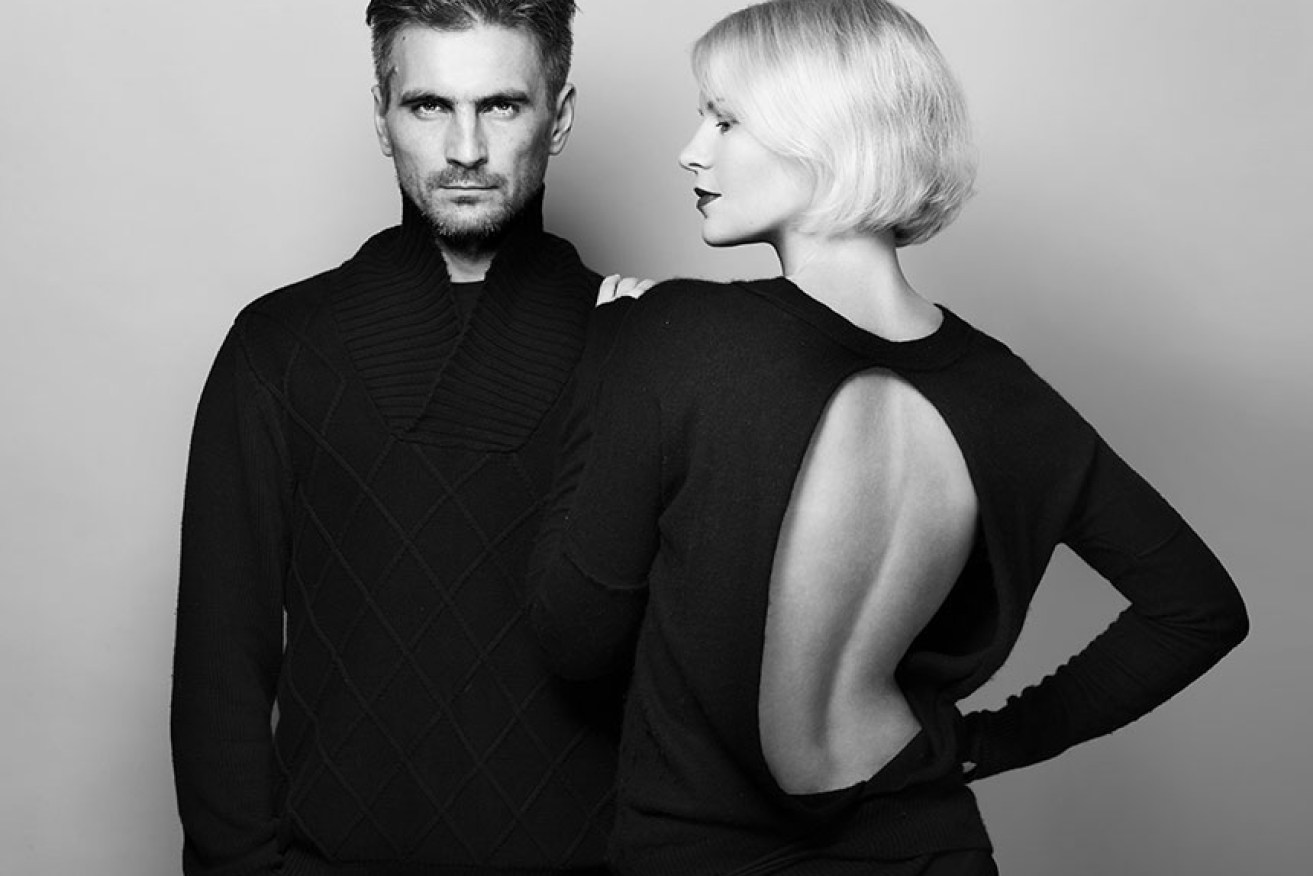The financial benefits of being beautiful


ShutterStock
Anna learned that beauty pays early on in life.
As an 18 year-old, she landed a job as a receptionist based on her good looks alone.
“I told them I had no skills or experience, but the woman hired me anyway,” the 30 year-old from the Gold Coast said. “She said my face and body made up for the fact that I didn’t know anything about the job.”
Anna, who asked The New Daily not to use her surname, worked on the front desk of the business, where the boss believed she would “make the place look good”.
As her early experience – and a raft of research – demonstrates, people’s natural assets have a significant effect on their earning capacity throughout their career. As unpalatable as it may be for us mere mortals, studies have shown that winners of the genetic lottery are at a distinct advantage when it comes to the world of work.
It’s a beautiful world …
As much as we might like to consider ourselves immune from ‘lookism’ (discriminatory behaviour based on looks), Australian and international research confirms the phenomenon has a significant effect on people’s finances.
In his book Beauty Pays: Why Attractive People are More Successful, US economics professor Daniel Hamermesh estimates that across a lifetime, an above average-looking man can make up to $US230,000 more than his equally-qualified, but less attractive peers. In turn, average-looking people will earn $140,000 more than the least attractive.
An Australian study backed up these figures, finding that handsome men were likely to pocket $A32,000 more each year than their homelier peers.
In Australian Beauty, economists Jeff Borland and Andrew Leigh found male stunners commanded an average annual salary of $81,750, while those who were less genetically blessed earned about $49,600.
Men who were rated as having below-average looks earned a staggering 26 per cent less than above-average men.
It’s the same story for women. The prettiest will earn more than their average-looking sisters, while the plainest will be less likely to get a job in the first place and will be paid less when they do.
Figures on women in the workplace don’t reflect the same wage gap seen among males, but Professor Hamermesh believes this is because less-attractive women are more likely to stay at home with the kids or as a housewife to avoid entrenched workforce lookism.
… for the beautiful, that is
But that’s not all. Evidence also shows that better-looking people bring in more business – so there is, in fact, an incentive for companies to hire them and pay them better salaries.
In further research, Leigh and Borland found handsome employees were more successful because of the way employers, colleagues and customers responded to their looks.
“ … Our findings … suggest that very little of the beauty premium is due to factors such as better-looking people being more self-confident,” the study found.
Good looks are not just important in customer-focused roles.
“You would think you could find examples of occupations where being unattractive wouldn’t hurt you at all,” Professor Hamermesh told The Wall St Journal.
“But in every (job) I have looked at, being better-looking helps you. For example, you wouldn’t think it would matter much if you are teaching in college. But based on my studies, better-looking [professors] are more appreciated by their students.”
Makeover, anyone?
“There is a premium for good looks and a penalty for bad looks,” Prof Hamermesh writes in Beauty Pays, where he estimates that the top third of best-looking people attracted a five per cent income boost, while the plainest employees could expect to earn 10 per cent less.
When Queensland scientist, Jo Bingham, 40, heard rumours in her workplace that better-looking staff were being more highly rewarded, she spent about a thousand dollars on a new wardrobe, make-up and hairstyles.
“It was money I didn’t have to spend on that sort of thing, but I’d heard that roles were being allocated according to looks and I felt I needed to keep up,” she said.
Unfortunately, research shows that there’s not much we can do to push our looks into a higher category.
Professor Hamermesh found that every dollar spent on the quest for beauty yielded a return of just four cents in improved income.
“It’s not a good economic investment,” he says.
Although obesity has been seen to lower earnings, especially among women, and extra height adds cash, especially for men, survey respondents largely rated people’s overall beauty by the perception of their face alone (even when shown full-length photos).
In other words, a larger woman with a pretty face, or a shorter, above-average looking man will still enjoy the economic pay-offs of beauty.
Not all is lost
How, then, can average-looking employees compete when the genetic lottery is stacked against them?
Fortunately, Prof Hamermesh says that success is not just about looks – despite the advantages it confers.
“Take advantage of what you’re good at – at other things in which you have a comparative advantage,” he says.
Each year of extra education beyond secondary school, for instance, has been shown to increase income by 10 per cent.
Sure, it’s not as impressive as the 17 per cent boost attractive men, and 12 per cent benefit beautiful women can achieve through just showing up, but it shows that not all success is about looks.
Michelle Hamer is a Melbourne-based journalist and author.








